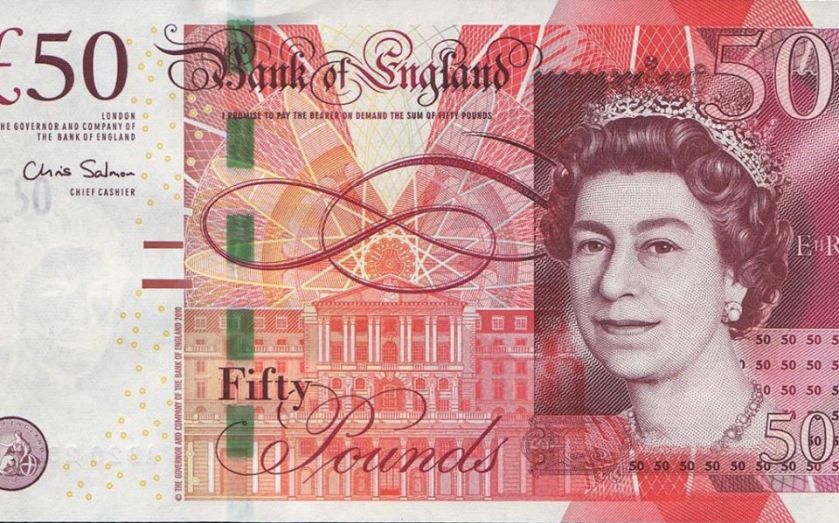Cheap and cheerful: Your quick guide to low cost passive investments

More and more people are shunning active fund managers and choosing to buy cheap “passive” market-tracking investments instead.
The amount of money invested in these low cost alternatives has nearly doubled over the last ten years. Now 12 per cent of all money put into funds is invested in passives, according to the Investment Association.
This figure is only likely to increase as people become more financially savvy and aware of how costs impact their investment portfolios. They are also popular among people choosing their investments themselves rather than paying an adviser to invest for them.
“A significant proportion of growth in passives is expected to come from retail investors who are placing less reliance on financial advisers. People are going to go to comparison sites, and when you do that a lot of passive funds look like they are doing well,” explains Hazell Hallam from PwC.
WHAT ARE PASSIVE FUNDS?
A passive fund is a computerised investment which aims to follow the performance of an index. So a FTSE 100 tracker fund will hold investments in all 100 companies on the FTSE. There is no “active” human manager deciding which few companies to invest in and which to avoid, as the passive fund simply buys up shares in everything it is “tracking”.
Because of this, the tracker fund will only ever give you the same return as its target index – and you lose out on the hope of making anything more. So, the FTSE 100 has risen 4 per cent since the start of the year, and a fund tracking the index will have done so too.
WHAT DO THEY COST?
The big caveat here is costs. The fund provider will charge fees, and these will eat into your overall return. That said, trackers are famously – and proudly – sold with much lower fees than active funds overseen by a well-paid human stock-picker. A tracker fund can cost as little as 0.15 per cent a year, far lower than the 1.7 per cent typically charged for an active fund. Your active manager would have to make the same as the index, plus an extra 1.55 per cent to justify his or her costs. Over years of investing, costs make a real dent in the amount of money in your portfolio and, sadly, few fund managers do “beat the market”, or do better than an index.
The other benefit of a passive fund is there are now thousands tracking the performance of not just equities, but everything from oil to timber. There are passives which give the performance of a basket of goods, such as the iPath Bloomberg Softs Subindex Total Return SM ETN which invests in coffee, sugar and cotton.
WHICH MARKETS ARE BEST SUITED?
Finally, there are some markets which are better suited to passive funds. This is because it is easier for a human manager to outperform a market which has less stringent corporate rules, or where odd things happen.
In Asia, for example, an active fund that invests in just a few really good companies will tend to do better than a passive fund which is invested equally in the good companies as well as all the tosh listed on the local stock exchange. The poor companies and strange happenings in these markets will drag the tracker fund down. Asia and emerging markets generally are an area where choosing an active fund manager can be a good idea.
The opposite is true in the US. The companies on the S&P 500 and Russell 2000 are all so wellknown that it is very difficult for anybody to gain an advantage. Many people prefer to use tracker funds for US equities.
“In some stock markets – such as the US for example – active managers have struggled to add value,” says Jason Hollands of Tilney Bestinvest. “Even legendary investor Warren Buffett recently admitted that a low cost S&P 500 index tracker is a sensible way to invest in the US.”
PASSIVES TO CONSIDER FOR YOUR PORTFOLIOJASON HOLLANDS, TILNEY BESTINVEST
|
|
UK EQUITIES: FIDELITY INDEX UK
COMES IN CHEAP AT A 0.09% ONGOING CHARGE
US EQUITIES: POWERSHARES FTSE RAFI US 1000 UCITS ETF
ONE TO CONSIDER NOW THE US MARKET IS AT A RECORD HIGH
EUROPEAN EQUITIES: HSBC EUROPEAN INDEX C
HAS ONGOING CHARGES OF 0.19%
JAPANESE EXPOSURE: ISHARES MSCI JAPAN GBP HEDGED UCITS ETF
NOT THE CHEAPEST ON THE MARKET AT A 0.64% ONGOING CHARGE, BUT THIS ONE “HEDGES” THE YEN, WHICH IS A WAY OF COMBATING LOSSES FROM THE YEN WEAKENING
|